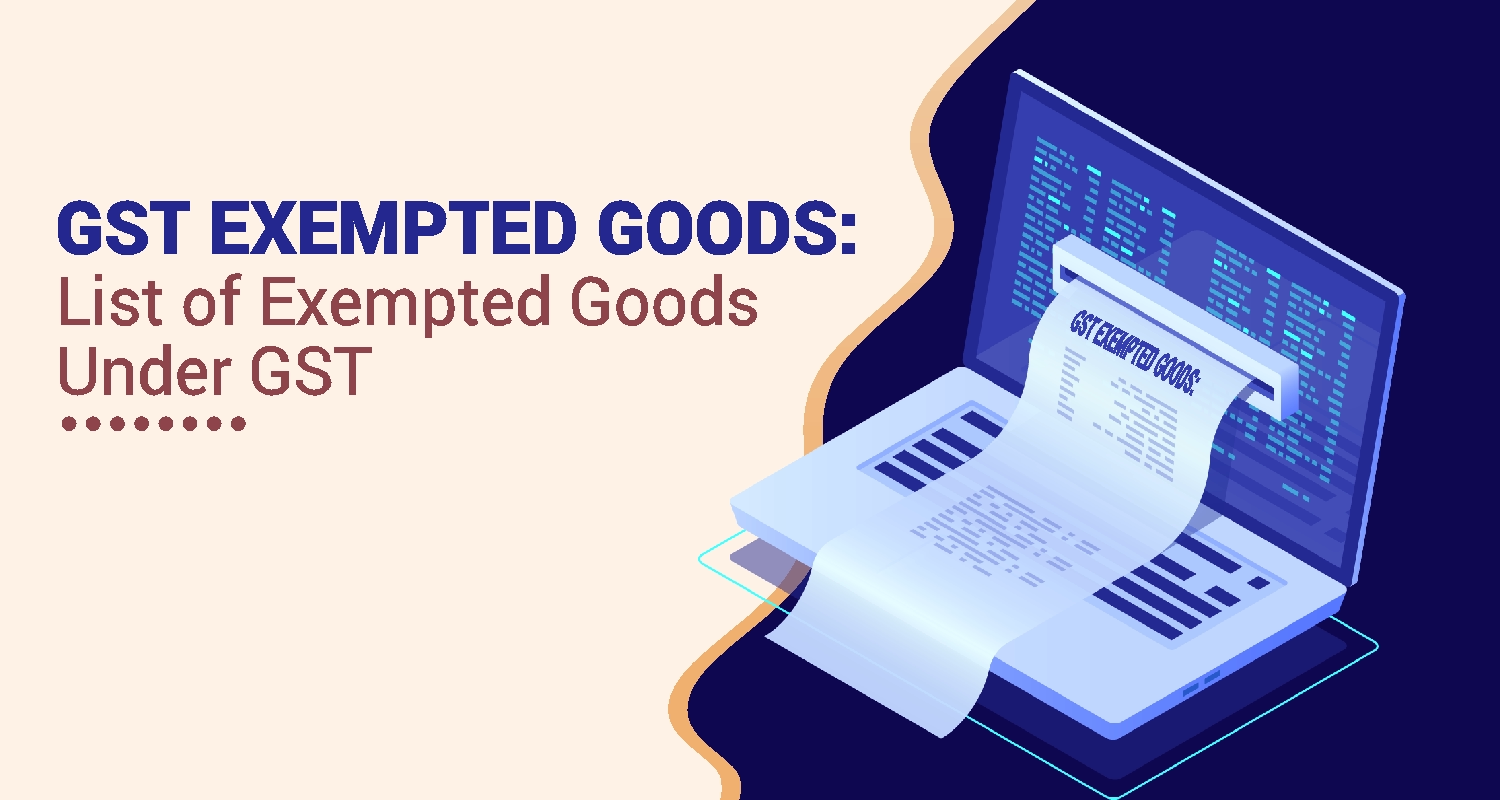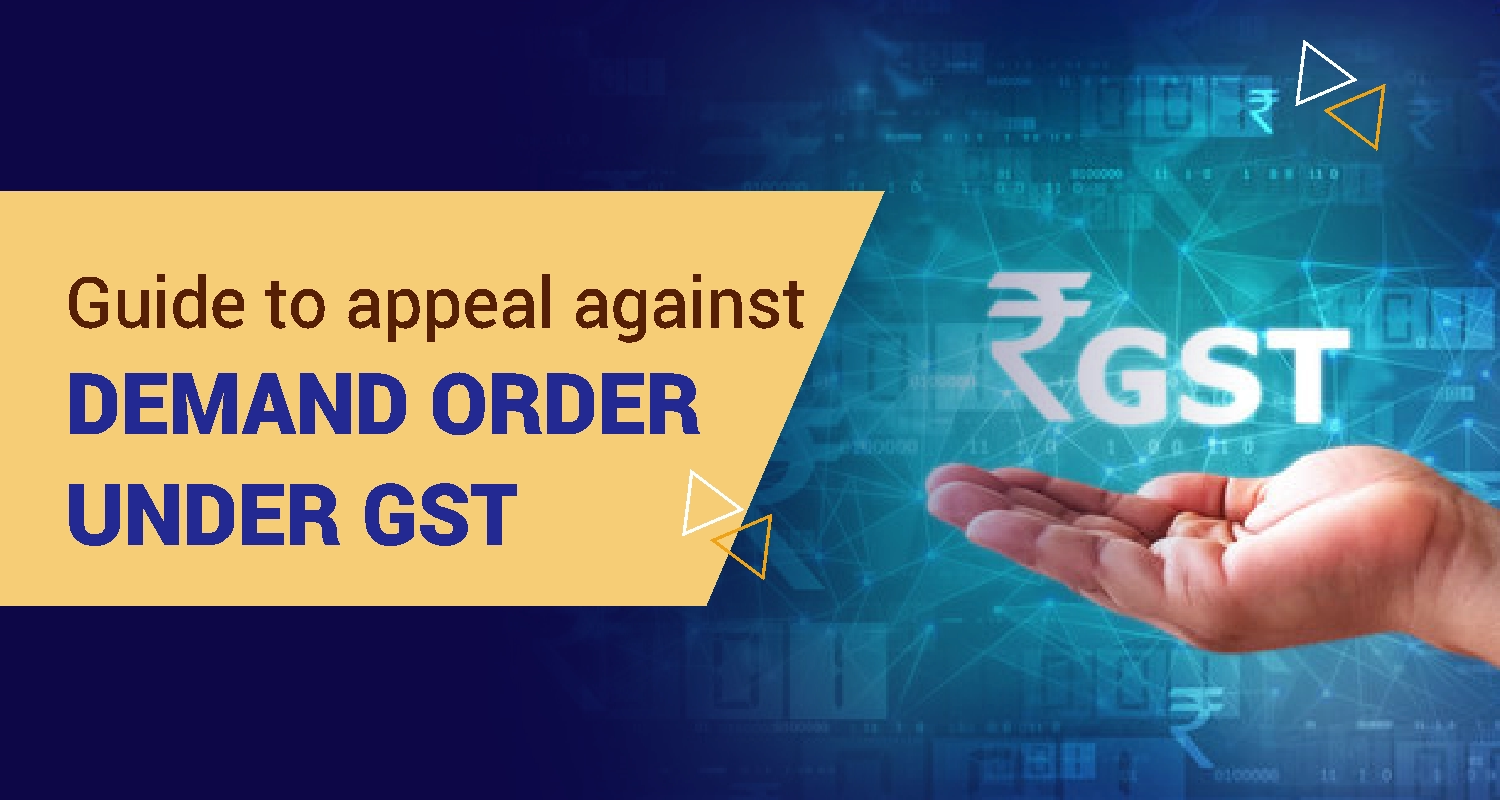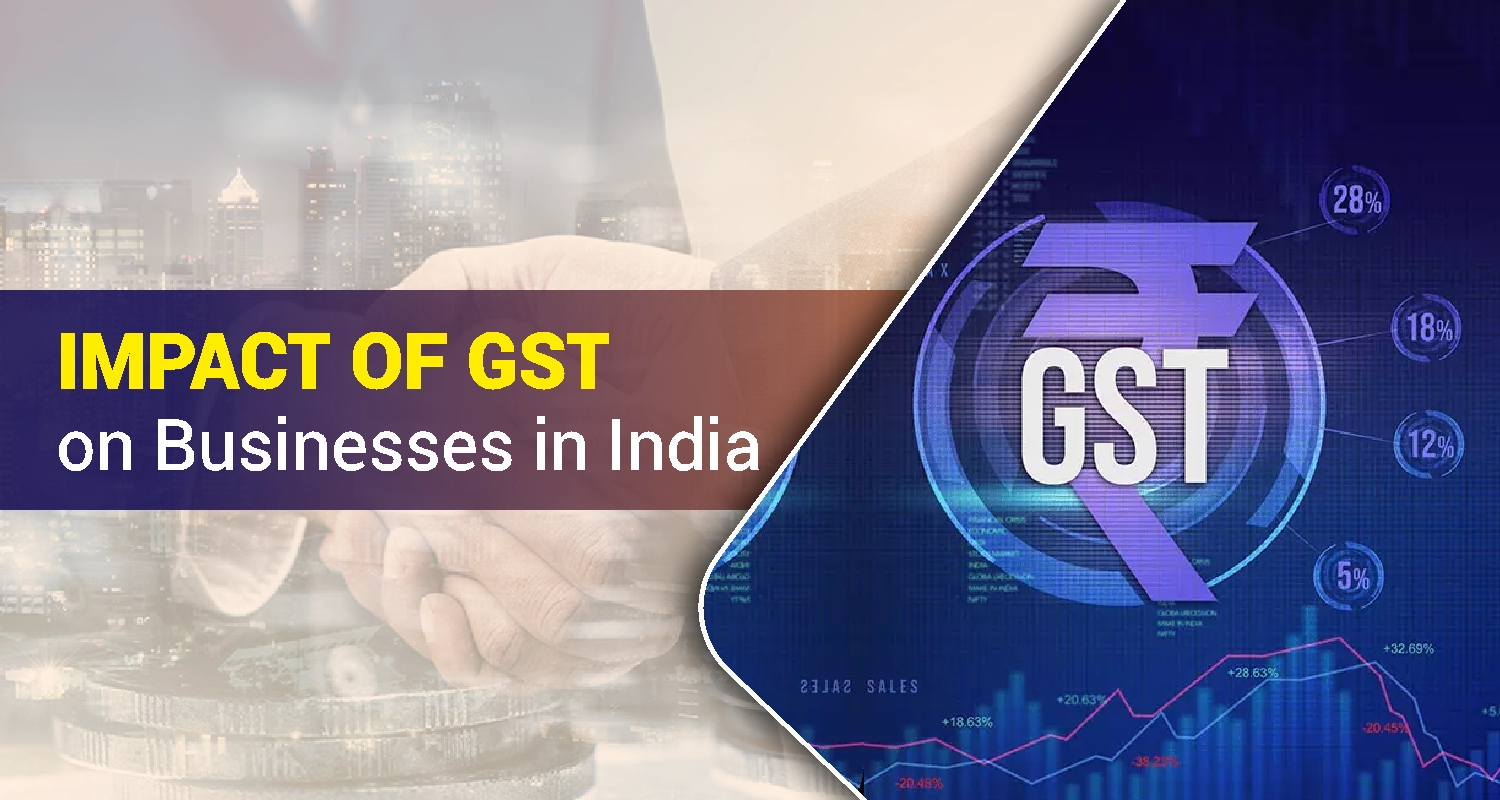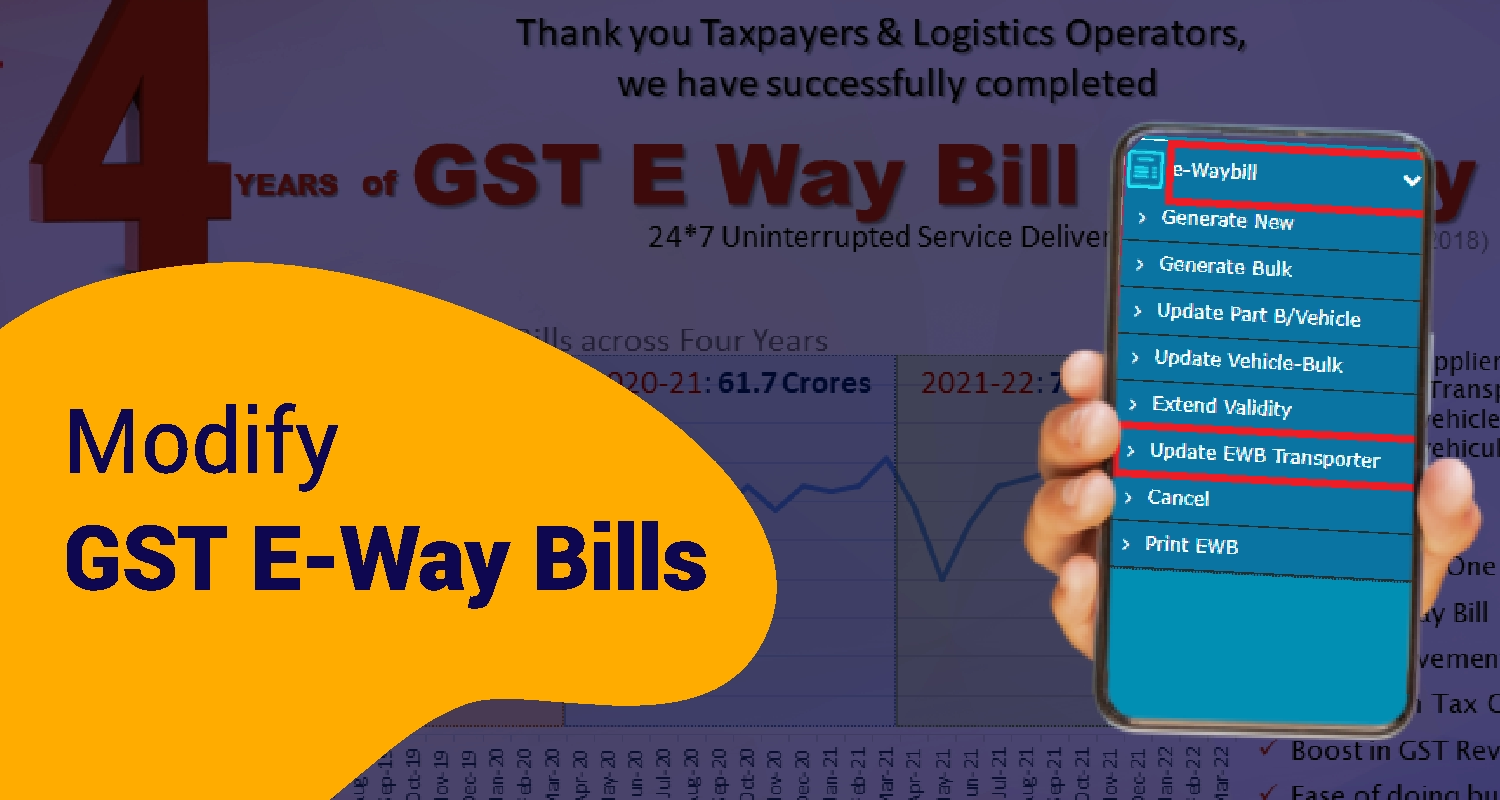How to Utilize Input Tax Credit (ITC) Under GST: Rules & Priority

Under the Goods and Services Tax (GST) framework, Input Tax Credit (ITC) plays a crucial role in reducing the cascading effect of taxes, thereby lowering the overall tax burden on businesses. The concept allows businesses to offset the tax paid on inputs (purchases) against the tax liability on output (sales). However, there are specific rules that govern the order in which this credit can be utilized, which is essential for ensuring compliance with GST provisions. Let’s understand the order of this utilization and explore the concept of ITC in detail.
What is Input Tax Credit (ITC)?
Input Tax Credit (ITC) refers to the tax paid on purchases (inputs) that can be claimed as a deduction while paying the tax on output (sales). This mechanism ensures that businesses are only required to pay tax on the value addition they make during the production or service provision process. In simpler terms, ITC allows businesses to claim back the tax they paid on their purchases, thus avoiding double taxation.
Let’s consider an example to understand this better:
Say you are a manufacturer.
- The output tax payable on your product is Rs.450.
- The tax paid on your inputs (purchases) is Rs.300.
In this case, you can claim an input tax credit of Rs.300 and pay the remaining Rs.150 as tax to the government. This way, the tax paid on inputs is adjusted against the tax payable on output.
GST ITC Set Of Rules for ITC Utilization (Before 1st April 2019):
The utilization of ITC is governed by specific provisions under the GST Act. Initially, the rules for utilizing ITC were laid out under Sections 49A and 49B of the CGST Act.
Before the introduction of Rule 88A on April 1, 2019, the order of utilization of ITC was governed by the basic provisions of Sections 49A and 49B. These sections are designed to specify the sequence in which the available credit must be used to pay off the output tax liability. The rules said:
- Section 49A
This section lays down the principle that the Input Tax Credit on integrated tax (IGST) must be fully utilized first before any other tax credits (CGST, SGST/UTGST) can be used.
- Section 49B
Section 49B gives the government the authority to prescribe the order and manner of ITC utilization. This provision allows the government to establish more efficient and effective rules, ensuring smoother compliance with the GST framework.
Under these rules, businesses were required to fully use IGST ITC before moving to the next available credits (CGST or SGST). This created certain liquidity issues for businesses in cases where there was an excess of ITC in CGST/SGST accounts.
Utilization Of Input Tax Credit After 1st April 2019:
To address the challenges faced by businesses, particularly concerning the blocking of credit under the CGST and SGST heads, Rule 88A was introduced. This rule made significant changes to the order of ITC utilization, bringing more flexibility to the system. Effective from April 1, 2019, Rule 88A established a clear priority for utilizing ITC. The rule specifies that:
- IGST ITC must be utilized first to settle IGST liabilities.
- Once IGST liabilities are fully discharged, any surplus IGST ITC can be used for CGST or SGST/UTGST liabilities in any order.
- This provided businesses the flexibility to use IGST credit against CGST or SGST liabilities based on their preference, allowing them to manage their cash flow more effectively.
Order of Utilization of Input Tax Credit (ITC):
The order of utilization of Input Tax Credit (ITC) for IGST, CGST, and SGST under Rule 88A is as follows:
- IGST Credit:
IGST credit must first be used to pay off the IGST liability. If there’s any remaining balance after settling the IGST liability, it can be utilized to pay CGST or SGST/UTGST liabilities in any order and proportion.
- CGST Credit:
CGST credit must be used first to pay CGST liability. If there is any remaining CGST credit after settling CGST liability, it can be used towards IGST liability, provided the IGST credit is fully utilized first. CGST credit cannot be used to settle SGST/UTGST liabilities.
- SGST Credit:
SGST credit should be used to pay SGST liability first. Any remaining SGST credit can then be utilized towards IGST liability, but only after utilizing the full IGST credit. SGST credit cannot be used for CGST/UTGST liability.
So, how does the order work practically?
Sapna aapka. Business Loan Humara.
Apply NowExample To Understand The Order of Input Tax Credit Better:
Assume that,
Output Liability:- Integrated Tax (IGST): Rs.1000
- Central Tax (CGST): Rs.300
- State Tax (SGST/UTGST): Rs.300
- IGST Credit: Rs.1300
- CGST Credit: Rs.200
- SGST Credit: Rs.200
Total Output Liability: Rs.1600
Total ITC Available: Rs.1700
Under the current default mechanism on the GST portal, excess IGST credit is first used to settle CGST liability, followed by SGST/IGST. If you often buy goods from other states and sell locally, you might accumulate a large CGST credit with little to no SGST credit. To manage this, it's advisable to split the remaining IGST credit equally between CGST and SGST liabilities. If there's a surplus CGST credit, prioritize using IGST credit to offset SGST liability. Why this? Let’s see the three scenarios to understand better-
Case 1: Utilization of ITC in the Default Order (IGST → CGST → SGST)
In this scenario, we follow the prescribed order strictly:
- IGST Credit: Rs.1000 is first used to discharge IGST liability.
- CGST Credit: Rs.300 is used to pay CGST liability.
- SGST Credit: Rs.0 of SGST credit is utilized here since IGST has been used to settle both the CGST and SGST liabilities
| Head | Discharge of Output Liability | Remaining ITC |
|
Integrated Tax (IGST) |
Rs.1000 (fully utilized) |
Rs.300 |
|
Central Tax (CGST) |
Rs.300 (fully utilized) |
Rs.0 |
|
State Tax (SGST/UTGST) |
Rs.0 |
Rs.200 |
The taxpayer, here, will have an unutilized CGST balance of Rs.200, and Rs.100 SGST has to be paid in cash.
Case 2: Manual Allocation of ITC (IGST → CGST → SGST based on Taxpayer's Choice)
In this case, the taxpayer allocates the available IGST credit differently:
- IGST Credit: Rs.1000 is first used to discharge IGST liability.
- CGST Credit: Rs.100 is used for CGST liability, and the remaining Rs.200 is used for SGST liability.
- SGST Credit: Rs.100 is used for SGST liability, leaving Rs.0 of SGST credit
| Head | Discharge of Output Liability | Remaining ITC |
|
Integrated Tax (IGST) |
Rs.1000 (fully utilized) |
Rs.200 |
|
Central Tax (CGST) |
Rs.100 (partially utilized) |
Rs.100 |
|
State Tax (SGST/UTGST) |
Rs.100 (fully utilized) |
Rs.0 |
Here, the entire liability is cleared with ITC, but Rs.100 of CGST credit remains unutilized. The taxpayer now needs to ensure future SGST liability to make full use of the remaining ITC.
Case 3: Equal Utilization of IGST in CGST and SGST Liabilities
In this case, IGST credit is divided equally between CGST and SGST:
- IGST Credit: Rs.1000 is divided into Rs.500 for CGST and Rs.500 for SGST.
- CGST Credit: Rs.0 of CGST credit is utilized here because it is covered by IGST.
- SGST Credit: Rs.0 of SGST credit is utilized since it is covered by IGST.
| Head | Discharge of Output Liability | Remaining ITC |
|
Integrated Tax (IGST) |
Rs.1000 (fully utilized) |
Rs.0 |
|
Central Tax (CGST) |
Rs.150 (partially utilized) |
Rs.50 |
|
State Tax (SGST/UTGST) |
Rs.150 (partially utilized) |
Rs.50 |
In this scenario, both CGST and SGST liabilities are partially cleared by the IGST credit. The taxpayer will have a remaining ITC balance of Rs.50 in both CGST and SGST, which can be carried forward for future use.
In all three cases, IGST credit is fully utilized before any CGST or SGST credits, ensuring compliance with Rule 88A. However, Case 3 comes out as the most efficient, as it balances both CGST and SGST liabilities equally, leaving unutilized ITC in both, which provides flexibility for future payments.
Conclusion
Efficient utilization of ITC through careful credit allocation is essential for businesses to optimize their GST liabilities. By adhering to the prescribed order of utilization and balancing CGST and SGST/UTGST credits, taxpayers can avoid unnecessary cash payments and enhance their working capital efficiency. Proactively managing the distribution of credits, especially when excess ITC is available, will help you with better financial management and smoother GST filings in the long run.
FAQs
Q1. What is IGST and SGST?Ans. IGST (Integrated Goods and Services Tax) is applied to inter-state transactions and shared between the central and state governments. CGST (Central Goods and Services Tax) is applied to intra-state transactions and collected by the central government.
Q2. What is the order of utilizing ITC as per ITC utilization rules?Ans. IGST should be utilized first, followed by CGST, and then SGST, as per the prescribed order under Rule 88A.
Q3. Can CGST credit be used for SGST liability?Ans. No, CGST credit cannot be used to pay SGST or UTGST liability.
Sapna aapka. Business Loan Humara.
Apply NowDisclaimer: The information contained in this post is for general information purposes only. IIFL Finance Limited (including its associates and affiliates) ("the Company") assumes no liability or responsibility for any errors or omissions in the contents of this post and under no circumstances shall the Company be liable for any damage, loss, injury or disappointment etc. suffered by any reader. All information in this post is provided "as is", with no guarantee of completeness, accuracy, timeliness or of the results etc. obtained from the use of this information, and without warranty of any kind, express or implied, including, but not limited to warranties of performance, merchantability and fitness for a particular purpose. Given the changing nature of laws, rules and regulations, there may be delays, omissions or inaccuracies in the information contained in this post. The information on this post is provided with the understanding that the Company is not herein engaged in rendering legal, accounting, tax, or other professional advice and services. As such, it should not be used as a substitute for consultation with professional accounting, tax, legal or other competent advisers. This post may contain views and opinions which are those of the authors and do not necessarily reflect the official policy or position of any other agency or organization. This post may also contain links to external websites that are not provided or maintained by or in any way affiliated with the Company and the Company does not guarantee the accuracy, relevance, timeliness, or completeness of any information on these external websites. Any/ all (Gold/ Personal/ Business) loan product specifications and information that maybe stated in this post are subject to change from time to time, readers are advised to reach out to the Company for current specifications of the said (Gold/ Personal/ Business) loan.



